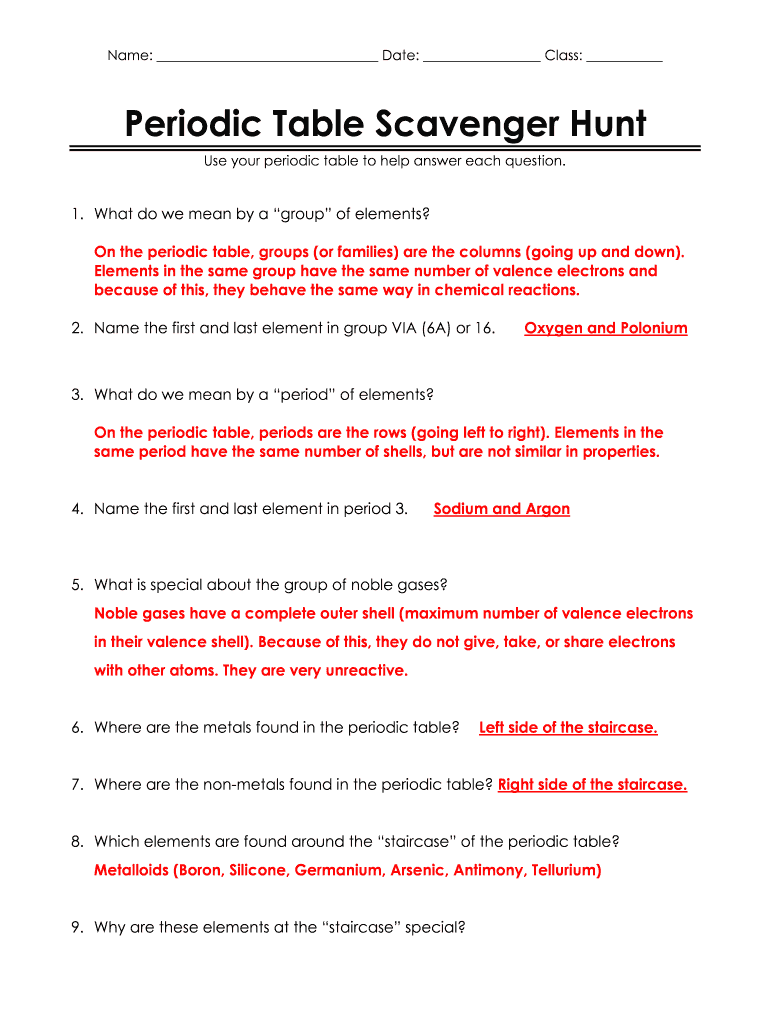The periodic table is a visual representation of all the known chemical elements, organized by their atomic number, electron configuration, and recurring chemical properties. Understanding the trends within the periodic table is crucial for predicting the behavior of elements and their compounds. A periodic table trends worksheet can help students grasp these patterns and relationships effectively.
By working through a periodic table trends worksheet, students can explore concepts such as atomic radius, ionization energy, electron affinity, and electronegativity. These properties exhibit trends across periods and down groups in the periodic table, which can be challenging to grasp without hands-on practice. Worksheets provide a structured way for students to analyze these trends and deepen their understanding of the periodic table.
Periodic Table Trends Worksheet
One of the key trends in the periodic table is atomic radius. As you move from left to right across a period, the atomic radius decreases due to increasing nuclear charge and effective nuclear charge. In contrast, as you move down a group, the atomic radius increases due to the addition of energy levels. A worksheet can help students visualize and compare these changes in atomic size.
Another important trend is ionization energy, which is the energy required to remove an electron from an atom. Ionization energy generally increases across a period and decreases down a group. This trend can be challenging to memorize, but a worksheet can provide practice problems that reinforce the concept and help students understand the underlying reasons for the trend.
Electron affinity, the energy released when an electron is added to an atom, also follows specific trends in the periodic table. Worksheet exercises can guide students in analyzing these trends and predicting the relative electron affinities of different elements. By working through these problems, students can gain a deeper understanding of electron affinity and its variations across the periodic table.
Electronegativity, the ability of an atom to attract shared electrons in a chemical bond, is another essential trend to explore in a periodic table trends worksheet. This property follows a similar pattern to ionization energy and electron affinity, with values increasing across a period and decreasing down a group. Worksheets can help students compare electronegativity values and understand how they influence chemical bonding and reactivity.
In conclusion, periodic table trends worksheets are valuable tools for reinforcing students’ understanding of the periodic table and its fundamental principles. By engaging with these worksheets, students can develop a solid foundation in chemistry and enhance their problem-solving skills. Whether studying atomic radius, ionization energy, electron affinity, or electronegativity, worksheets provide a structured way for students to practice and apply their knowledge of periodic trends.
